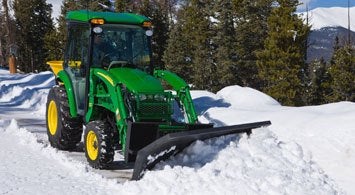
With a deep freeze settling over much of America and Canada and no January thaw in sight, this is a good time to go over some winter basics that will help you get the most out of your diesel-powered tractor.
Many of us have memories of semi tractors idling all night at truck stops and running their routes with a bra or some kind of wrap limiting cold air intake. The idea was to minimize exposure to the cold and keep that iron powerplant and the fluids it holds warm. And though today’s diesel engines are a far cry from those just a generation or two ago, cold weather can still create challenges that result in downtime and/or expensive repairs. As usual, being prepared goes a long way. If you have a heated shed, garage or barn, then winter care gets a little bit easier. However, if you’re not so fortunate you can still take steps to help you cope with the cold.
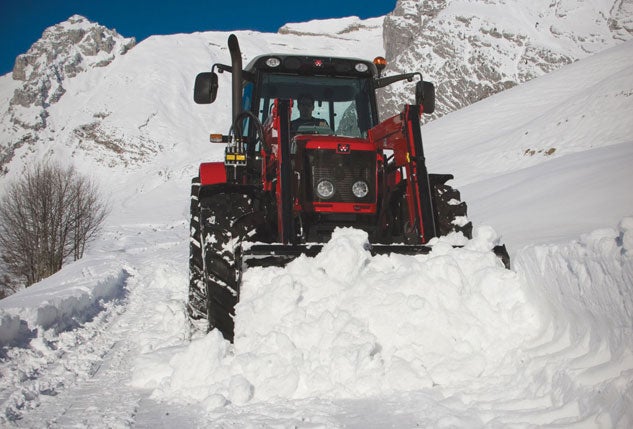
First, diesel fuel comes in warm and cold weather blends. This is because diesel fuels are prone to cold weather waxing or gelling – terms for the solidification of the liquid into a partially crystalline state. Gelled fuel has a cloudy appearance and visible wax particles are often seen in filter and separation bowls. This is the Cloud Point or Cold Filter Plugging Point (CFPP). No. 2 diesel, the most cost effective and common blend, has a CFPP of 0° F (17.7° C). No. 1 diesel (kerosene) has a natural CFPP of -40° (C & F). But not only does No. 1 diesel cost more to produce, it has a Cetane count 5 to 15 points lower than No. 2 diesel (40-50 points vs. 50-55). Cetane is a way of measuring the combustion quality of diesel fuel during compression ignition and is likened by some to the octane rating of gasoline.
Snow Removal: What Implement to Best Handle Winter
Farmers have long added kerosene to their fuel stores to combat cold weather deficiencies and studies have shown that adding 10% No. 1 diesel to No. 2 can lower the CFPP by 5°. The problem is controlling the blend. In the case of modern common-rail injection systems, adding kerosene can damage the injection device. Owners of these systems should consult their owners’ manuals to prevent expensive damage.
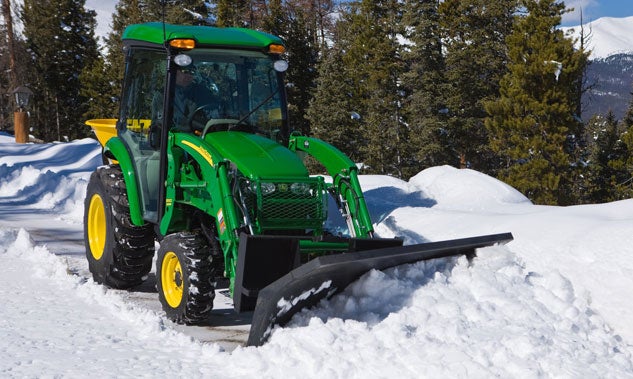
Back on the farm, ranch or homestead, it’s not uncommon that stores of fuel going from fall to winter aren’t up to the challenges of cold weather. Because of the dangers and complexity of consumer blends, over-the-counter additives may be a better way of handling winter needs. Additives are available, such as Amsoil’s Cetane Boost Additive, which brings up the Cetane count. Other additives include FPPF Polar Power and TRC DZL-PEP Artic Additive that offer anti-gel and water dispersant qualities. A favorite of ours is made by Power Service and is marketed under the Diesel Kleen + Cetane Boost name. It raises Cetane by up to 6 points, lubricates injectors and pumps, and lowers the CFPP in No. 2 diesel to -30° F (-34.4° C).
How To Maintain A CUT/SCUT Tractor: Part II
Cold weather starting also brings home the important point of the charging system and the tractor’s battery. It’s no surprise that batteries are rated in cold cranking amps (CCA). Starting a tractor in the winter requires the electrical system contend with cold, sluggish oil, and a chemical reaction in the battery that is less efficient. Sizing the battery to manufacturer specification is important and it may even be helpful to up the size a bit – especially in more frigid climates. Tractors often see less use in the winter, with long periods where they sit idle. Battery tenders are helpful in ensuring all those CCAs are available when you need them. Tenders can also help extend battery life as much as three times, so there can be other benefits as well.
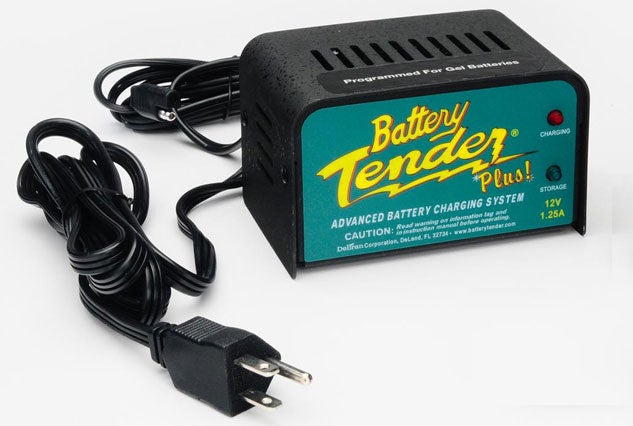
Block heaters are another way of tricking Mother Nature. They come in simple magnetic, freeze plug tap, and lower radiator hose styles. Magnetic styles are the easiest to install – just attach to the block or oil pan – but are usually the least efficient (lower watts and less efficient heat transfer). Freeze plug units bring more wattage in a more efficient manner but require tapping into the engine block. Lower radiator hose heaters are fairly easy to install and are efficient performers. Aftermarket units are widely available, but you may want to consult your dealer for a manufacturer recommended unit.
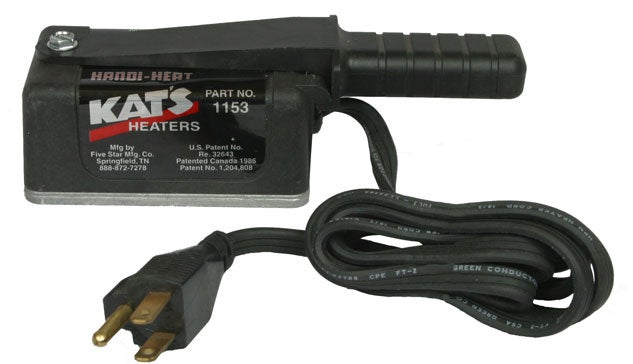
So you’ve followed all the above tips and the weather dipped below -40° for a week – or you didn’t and now your fuel is gelled. What to do? If you have access to a parts store or your dealer, there are treatments that will help re-liquefy gelled fuel. Berkebile, Amsoil and others make rescue additives that in many conditions will fix your problem with little added effort. But the real world often doesn’t resemble “many conditions” and you may have to go through additional steps.
Tractor Ballasting Tips and Options
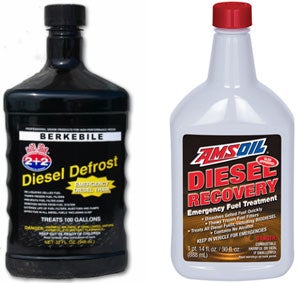
Warming the tractor and fuel tank/system may be required and/or helpful. Covering the tractor with a tarp, placing a 100W bulb (don’t dispose of all those incandescent bulbs just yet) or a heater underneath, and then waiting overnight may be enough. If you have some insulating material available – even hay or straw can work – that can help speed things up. Just be mindful you don’t create a condition that might spark a fire; there’s no need to solve one problem by creating a much bigger one. In most cases these fixes will work, but in some extremes, you may need to remove the fuel filter and separator bowl and free them of gelled solids. In our garage we like to keep an assortment of oil, hydraulic and fuel filters for those unanticipated moments. And keep in mind that you might need to bleed your injectors, depending on the type of system your tractor uses. Once Betsey is up and running again, practice that advance preparation – all the while counting the days to spring.
One last note of caution: Do not use ether as a start aid. While you’ll hear stories of ether injection systems being used on $500,000 pieces of construction machinery and others of how a little ether won’t hurt, ether is highly combustible. With no spark in a diesel to control when the combustion occurs, the ether can go off whenever it wants – most likely at a point in the cycle where you don’t want it to, causing serious and possibly dangerous damage.
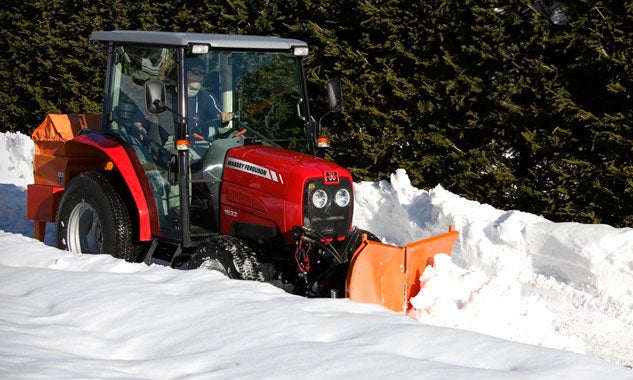
 Your Privacy Choices
Your Privacy Choices